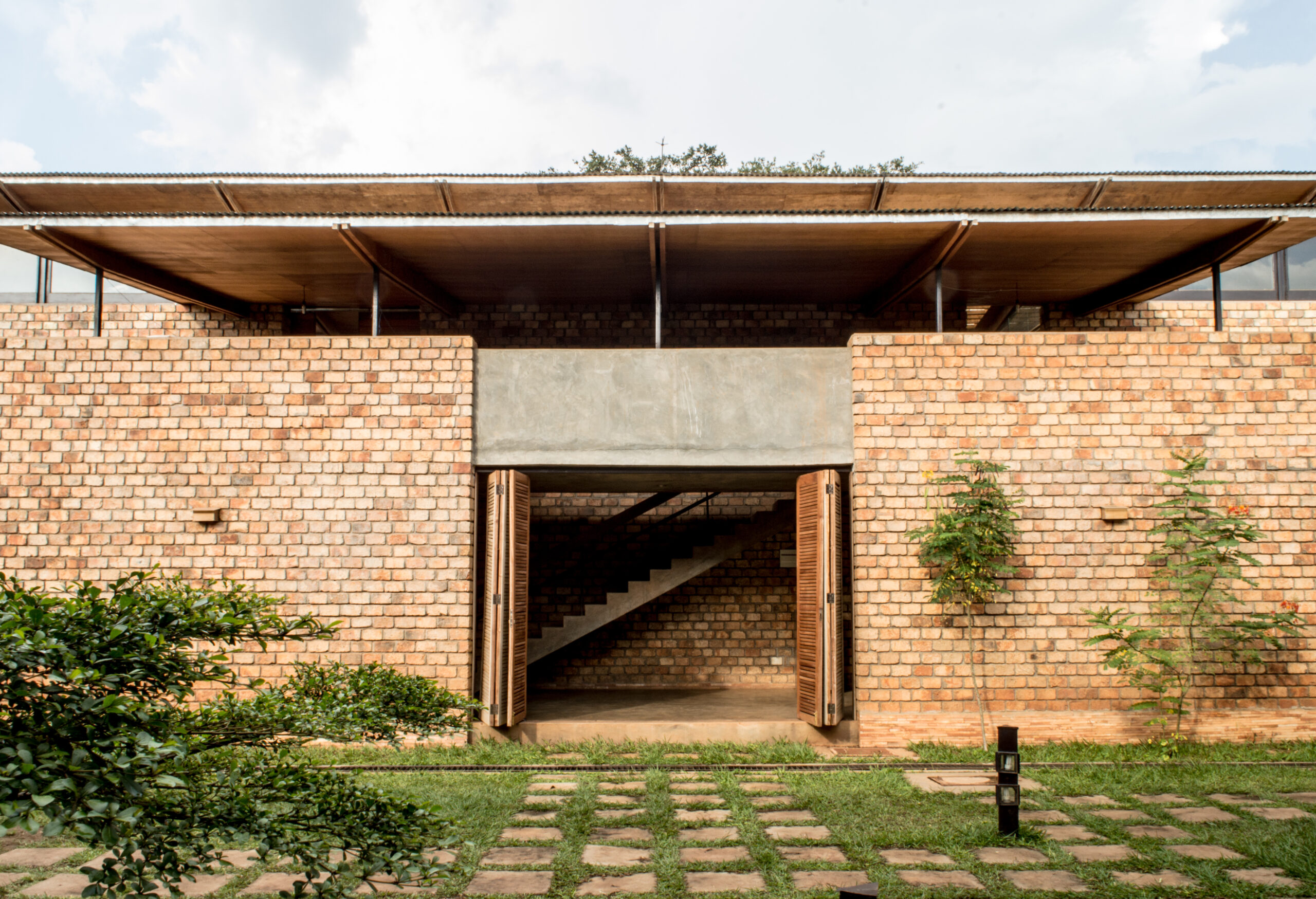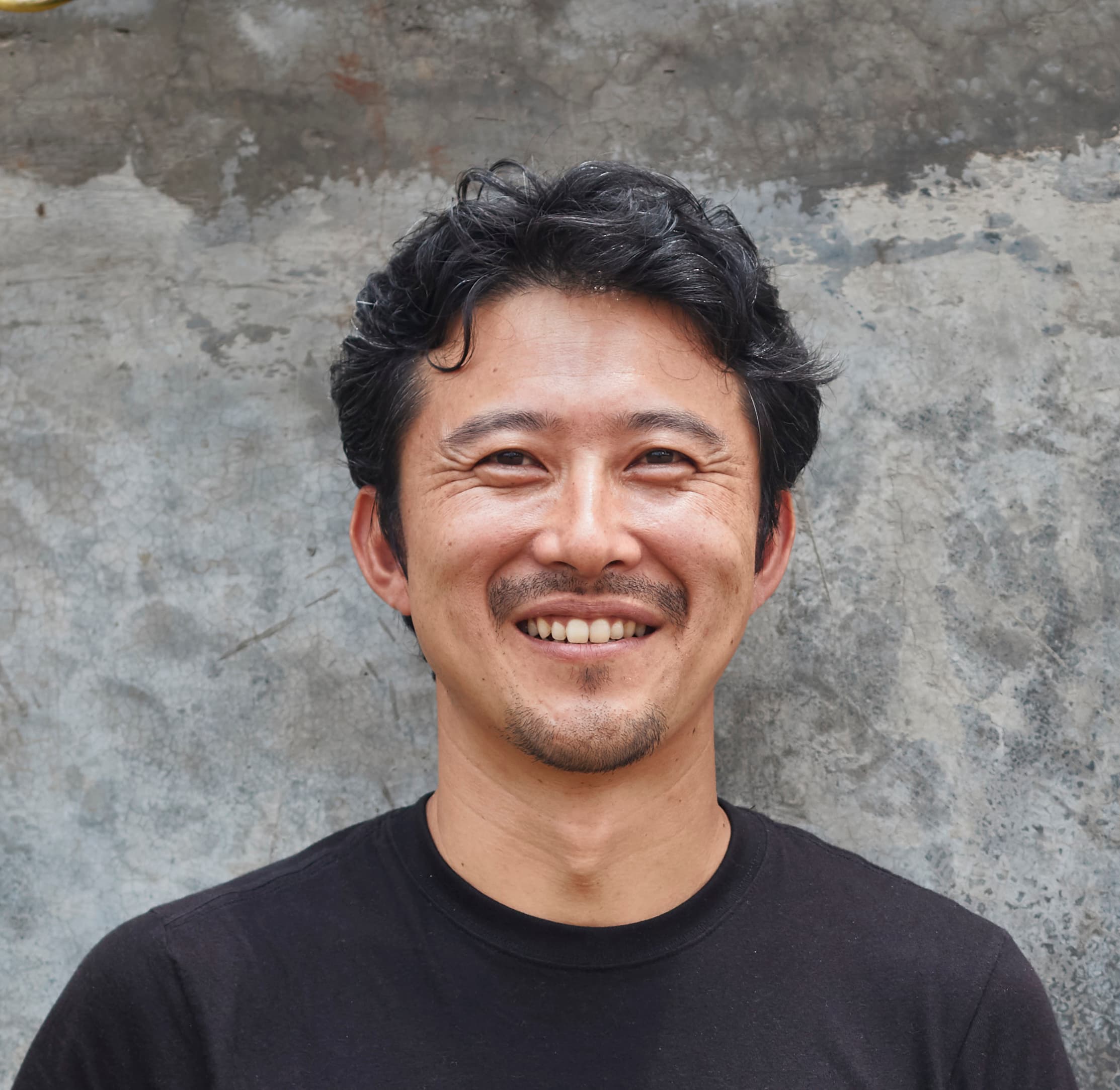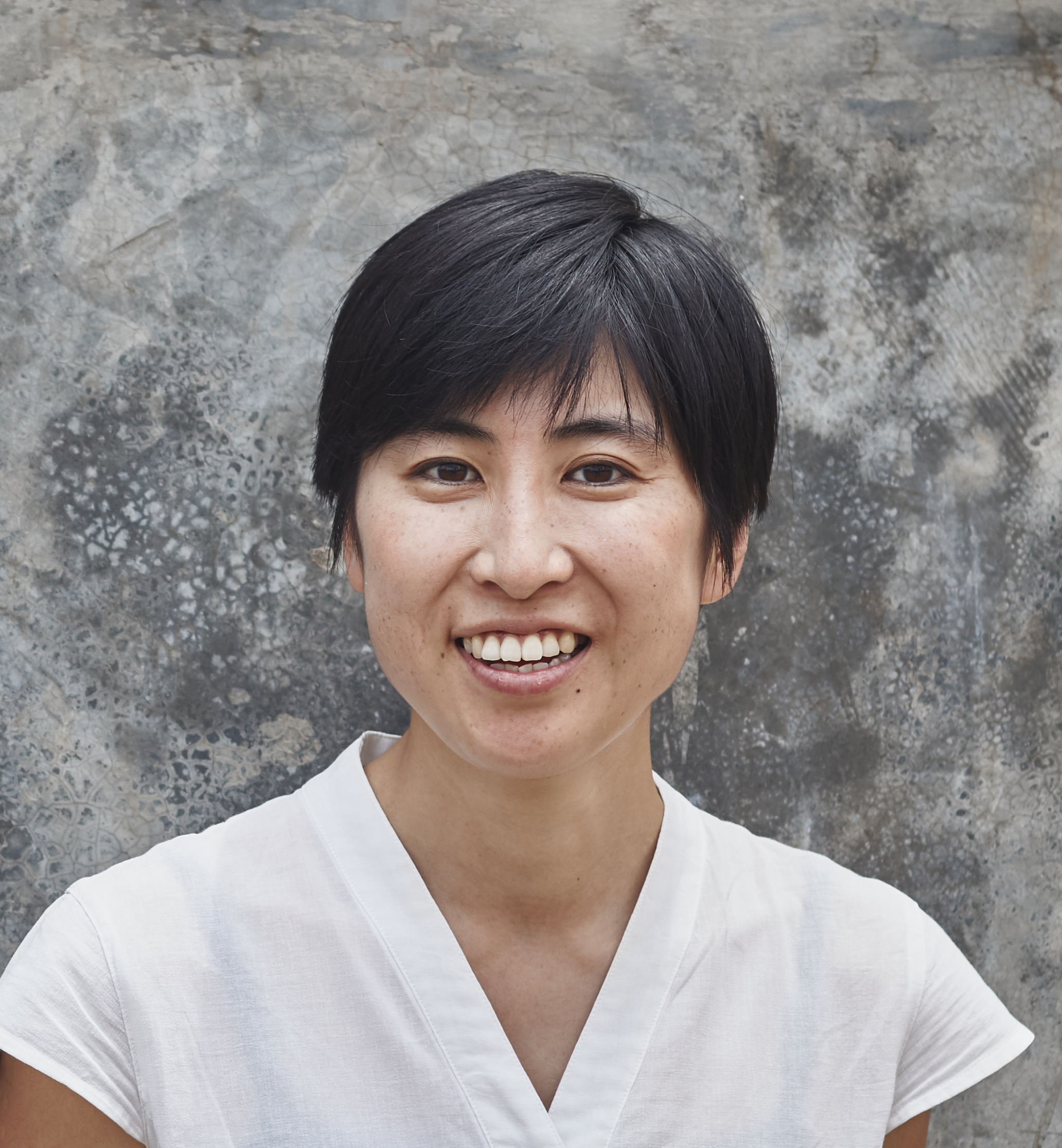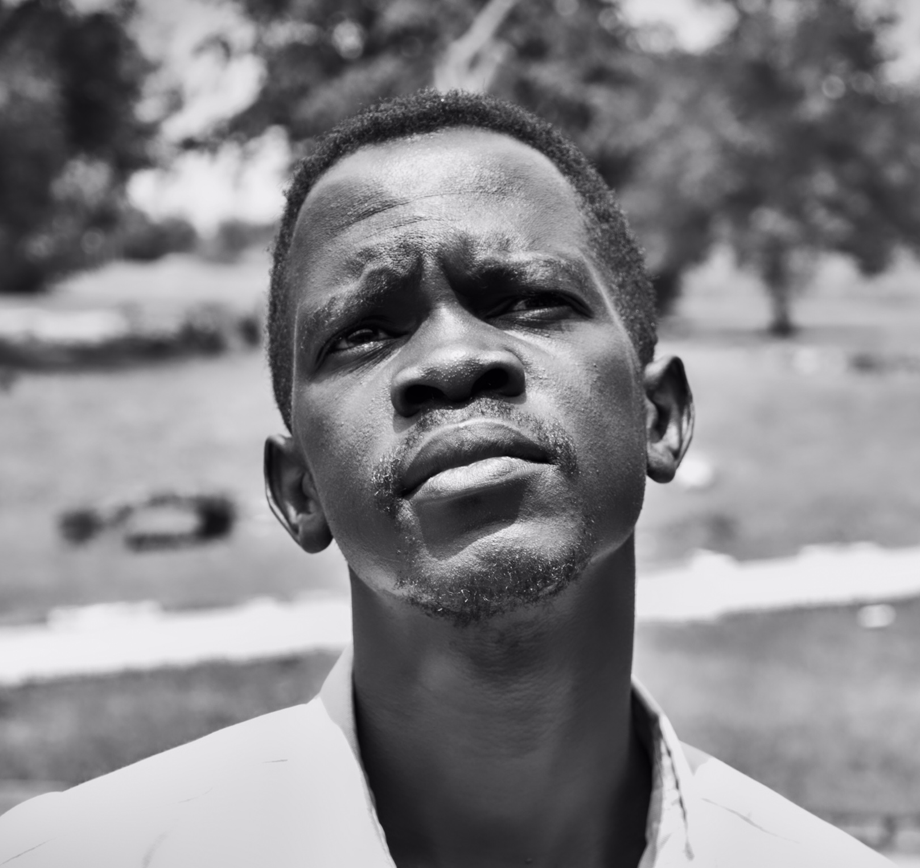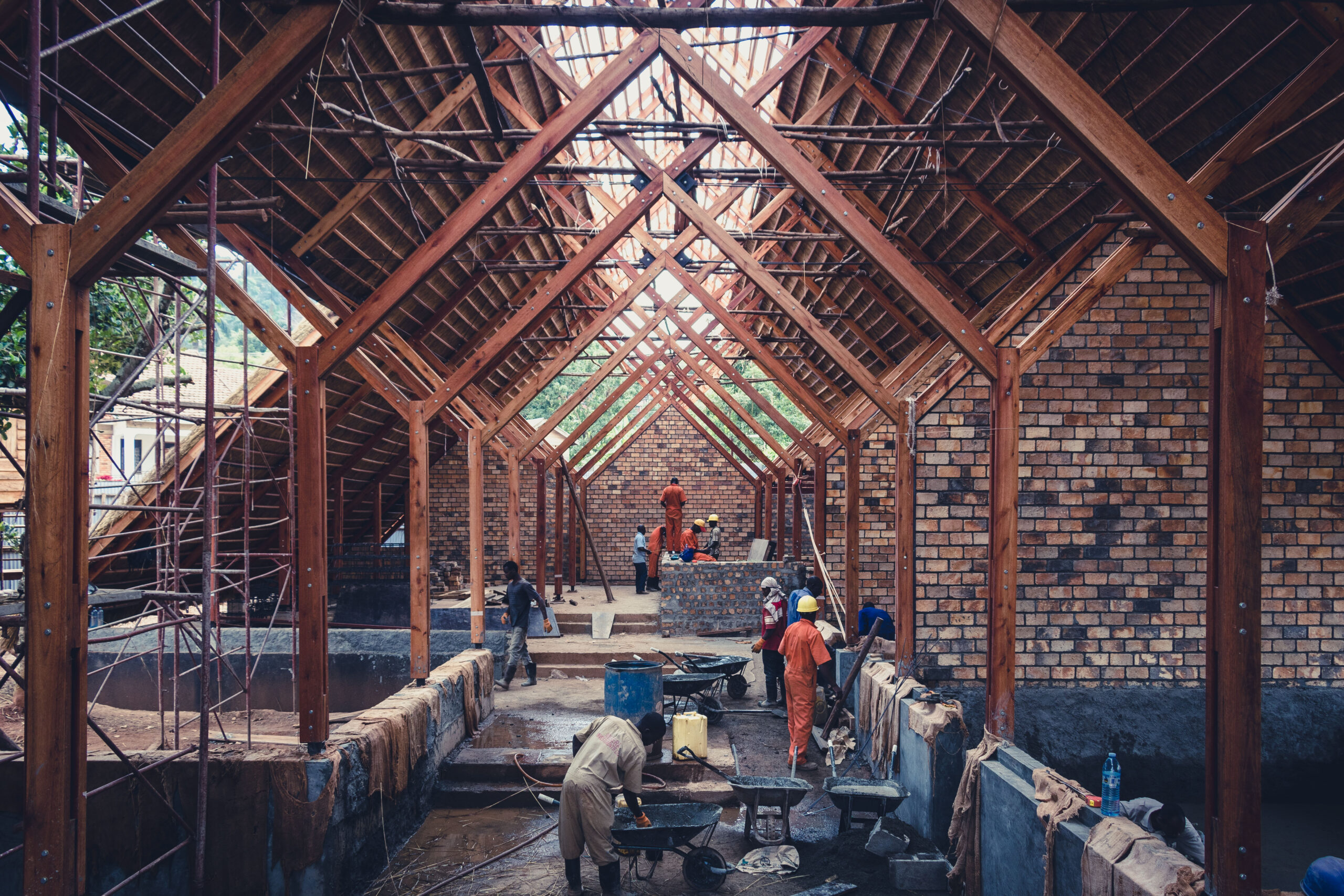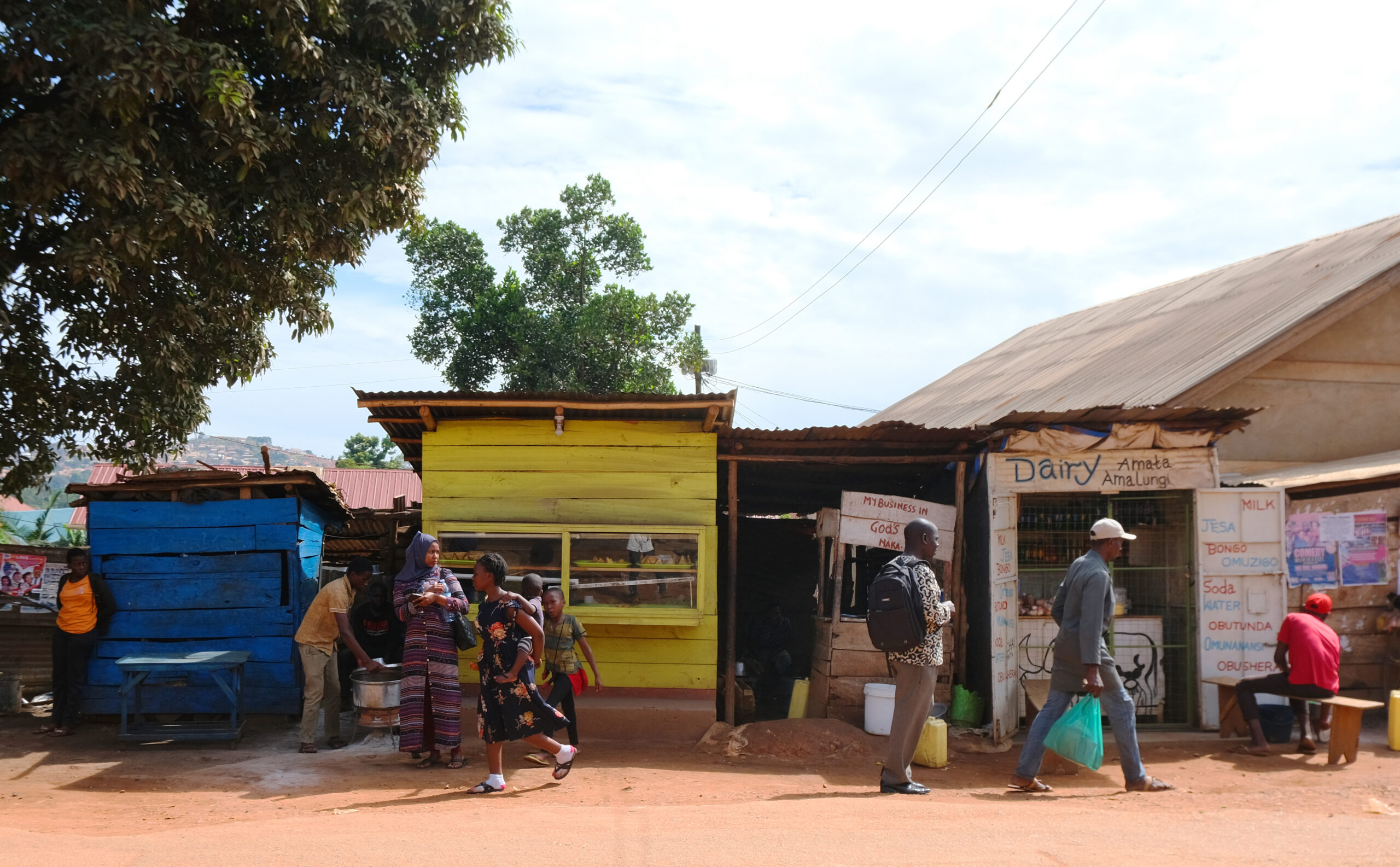Local Burnt Bricks -Kenchikushi 5.2020
原文で表示 (日本語)
Cover: AU dormitory
Design:Ikko Kobayashi + Fumi Kashimura / TERRAIN architects
Photo:Timothy Latim
A dormitory for African students on the outskirts of Kampala. It is constructed of a combination of locally available materials while using locally sourced bricks as finishes and RC wall-post formwork.
The term “terroir” is a concept well known among wine and coffee producers and enthusiasts. Not only the variety of grapes and beans, but also the characteristics of the natural environment, such as the soil and the climate in which they are grown, have a significant impact on the taste and quality of the wine or coffee when it is consumed. This concept, derived from the Latin word “terra = soil, earth,” reminds us that the environment of the land (= climate, region) is strongly linked to the quality and characteristics of not only agricultural products but also many other things.
In the case of architecture, it is not only the “characteristics of the natural environment” but also the “people” such as users, designers and builders, and the “time” over which the architecture has passed that has a significant impact on the architecture. It can be said that these elements influence each other in different ways, but it is only when these elements influence each other that the architecture comes into being.
In Uganda, a landlocked country where unstable infrastructure, including a transportation network, is underdeveloped, the physical distance from the capital city makes a big difference to where the building is built, as well as the elements involved in the architecture.
In particular, if we look closely at the building materials, we find that they are not only characteristic of the region, but are also a mixture of materials that are arrived via various routes. While steel, glass, resinous materials, cement and other materials imported from the Middle East and neighboring Kenya are readily available in the suburbs of Kampala, the most familiar and versatile building material in Uganda is still the hand-made fired brick.
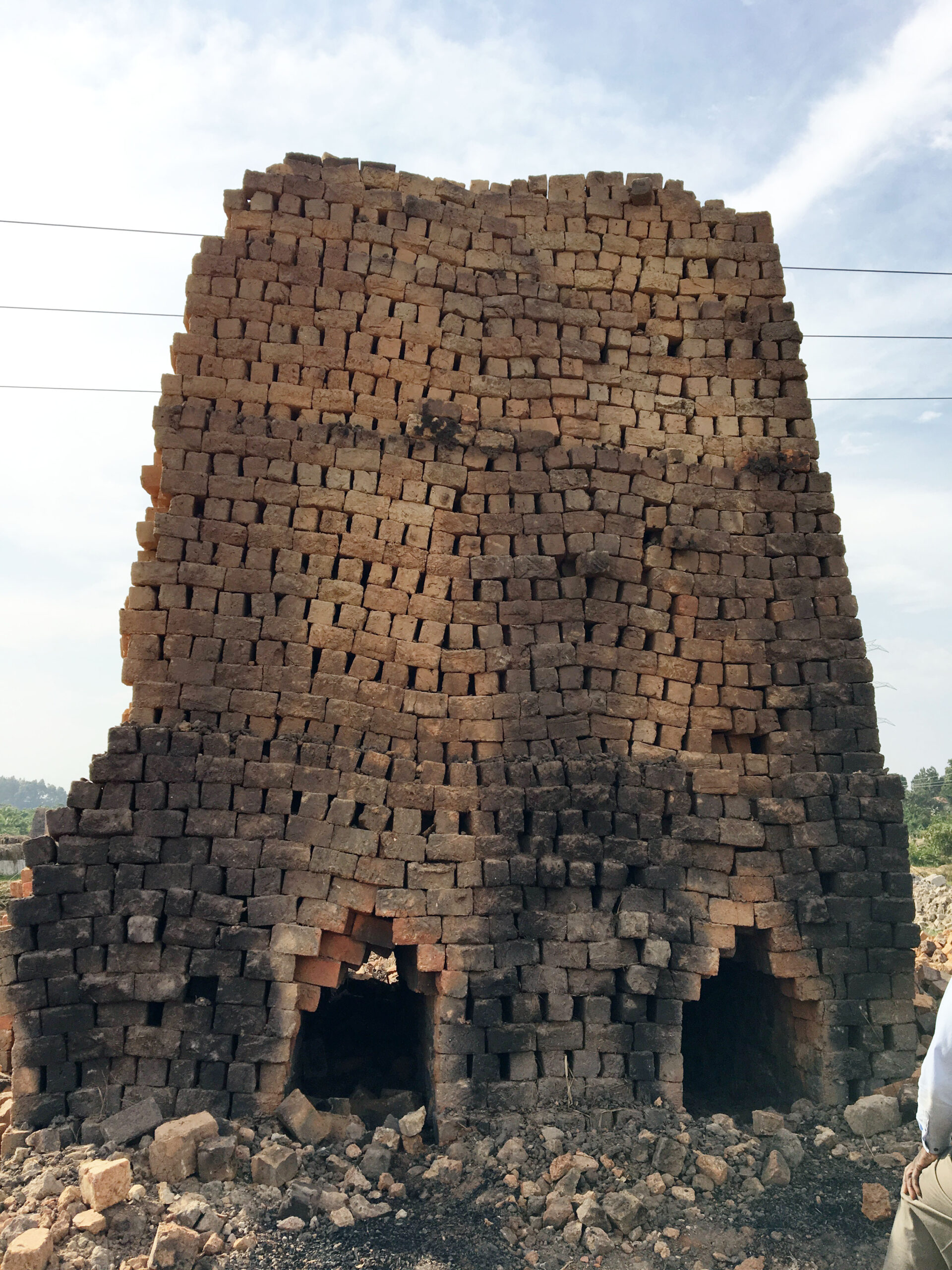 A view of the kiln, made of firing bricks.
A view of the kiln, made of firing bricks.
We frequently come across scenes of brick making. Soil is dug with a hoe and placed in the formwork after being kneaded with water. The bricks are removed from the formwork and laid out on the grass, and then covered with dead plants and trees to dry for a while. After that, the dry materials are piled up and used as a kiln for firing with wood. The color of the soil and the size of the formwork differs from region to region, and the color and shape of each brick varies depending on the skill and habit of the builder and the degree of firing.
These bricks, with their uneven size and color, are attractive to a society overflowing with industrial products, but their strength and quality are so sparse that they can only be used in a limited number of places as they are. As a result, these bricks are often covered with mortar and painted. In order to enhance the attractiveness of locally produced bricks, it is important to find ways to use them in conjunction with commonly available materials such as steel, glass, and concrete, and to find ways to make the best use of these materials.
The term “local production for local consumption” seems to be a criticism of urban life, where we are spoilt by a developed distribution system and can get anything we want. What is true “local production for local consumption”? Not only do I return to natural materials and things rooted in the land, but I also consider how the elements present in the present affect each other, regardless of their birth or newness, and how people enjoy them. In this age of wriggling and changing circumstances, I believe that the concept of “terroir” is very important in the work of shaping architecture.
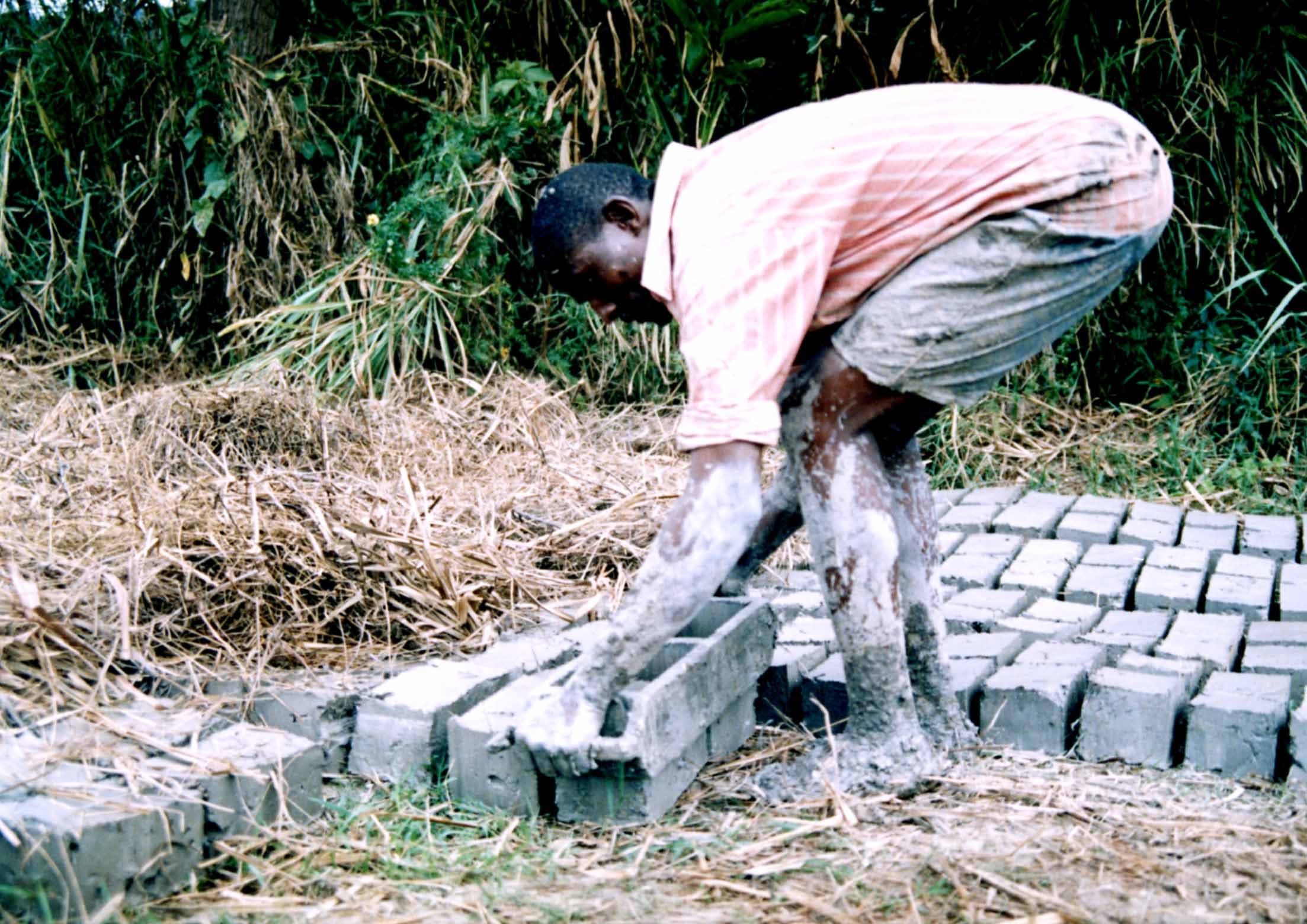 Clay bricks being taken out of the formwork.
Clay bricks being taken out of the formwork.
Photo : Ikko Kobayashi, Timothy Latim
Source : “Kenchikushi” May 2020
